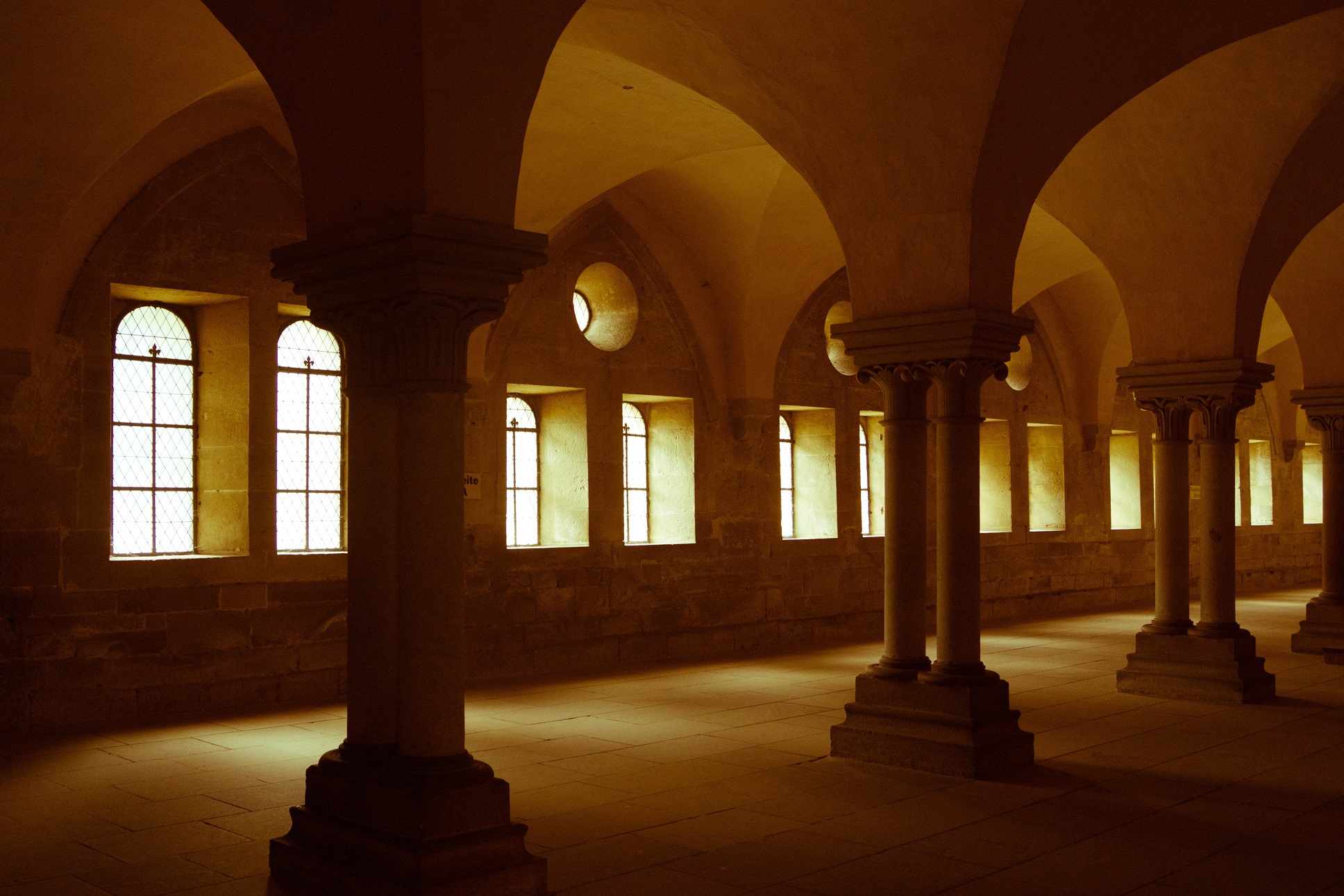Bibliodrama is a form of story exploration/interpretation that loosely uses the tools, methods, and techniques (often called “interventions) of psychodrama. These methods are applied to the exploration of literature and Biblical stories in small groups of participants. When used to examine the Bible, Bibliodrama is non-fundamentalist and does not seek as its aim to proselytize or preach any specific religion or religious principle. Instead, if there is a goal at all, that goal would be to allow participants consider a new way to interpret the written narrative.
More broadly it might be said that Bibliodrama has as its aim the movement of an individual from simply reading to instead deeply experiencing the narrative, including the stories of the Bible, and to do so in a unique and different way. Thus, while Bibliodrama does use psychodrama as a sort of root modality, it nevertheless is not personal, that is, it does not have as its purpose any sort of personally therapeutic goal.
Though similar things have existed, the style of Bibliodrama utlized at the Michigan Psychodrama Center was developed by Dr. Peter Pizele. Peter earned his Ph.D. in comparative literature from Havard, and later also trained in psychodrama with Zerka Moreno. Peter started to experiment with an early form Bibliodrama when, about 35 years ago, he was asked to stand-in and teach at a Rabbinical Seminary. This was a new experience for him, and while he had no real grounding in the Torah, he decided to be spontaneous and draw from his primary training in comparative literature and psychodrama.
Soon after this experience, he learned that what he was doing with the students as a form of Biblical exploration was essentially a modern-day expansion of the Jewish tradition of “Midrash,” which is a form of Biblical storytelling. The Hebrew root word for “Midrash” means to investigate. What Peter did was to compellingly apply the methods of psychodrama to the Midrash investigation.
According to Peter, “the seeds of Bibliodramatic enactment are to be found in a way of reading the Bible. You read the words on the page, and you read into the spaces between the words on the page.” To understand what he means by this, it is important to understand that inMidrashh, there is a way of looking at the Bible as having been composed of “black fire” and “white fire.”
The black fire is the words on the page, while the white fire is the spaces between the words. Bibliodrama respects the fact that the words are immutable. On the other hand, the white fire is a function of the reader’s interpretation, meaning it is influenced by the reader’s cultural context and personal history. It is the “white fire” that bibliodrama brings to life within the context of psychodrama.
In Bibliodrama, a variety of psychodrama interventions are utilized, such as the empty chair, role-reversal, and doubling, which is called “echoing” in Bibliodrama. Also, the intrapsychic lives of the Bible characters can be explored, and various objects in the story, mentioned or not, can be personified. The only limit is the spontaneity and creativity of the group and of the director!

